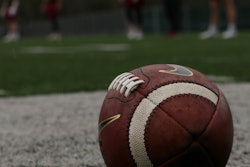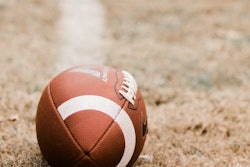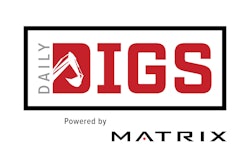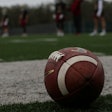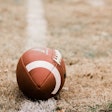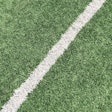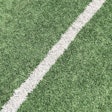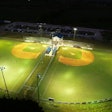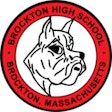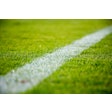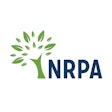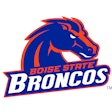Copyright 2017 The Palm Beach Newspapers, Inc.
All Rights Reserved
Palm Beach Post (Florida)
With football, soccer and lacrosse games year-round at Boca Raton's Patch Reef Park, saving money on maintenance costs became a priority.
The solution?
The city is replacing the natural grass fields with a synthetic version, but opted for a more expensive organic turf as rumors swirl of cancer-causing chemicals in a popular synthetic turf that uses crumb rubber as a base.
The Greater Boca Raton Beach and Park District, which oversees the 55-acre park on Yamato Road west of Military Trail, has set aside $3.8 million to replace three athletic fields. But it wants to avoid more common synthetic grass made from crumb rubber base and scrap tires because it has been found by at least one study to have carcinogens, the commission told engineering consultants.
"I have a grandson that's a goalkeeper and I don't want him rolling around in a crumb rubber field," said Robert Rollins, district commissioner.
A professor at the University of Stirling in Scotland found a number of carcinogens in crumb rubber, Forbes reported last year.
In 2014, one media outlet explored a possible link between crumb-rubber turf and female soccer players getting cancer, centered on Amy Griffin, an associate head coach for the University of Washington women's soccer team. Griffin said several students who had played on the field had developed cancer.
That prompted a Washington State Department of Health investigation that found the cancer rate was not abnormal . That didn't change any minds in Boca, though, even with higher costs.
"There's a lot more expense to it," Curt Keyser, director of engineering at Calvin, Giordano & Associates, told the district Monday. "The water consumption is tremendous."
The organic turf will require high-powered pumps to water the fields manually, rather than automatically as it's currently done.
The district also will stop using reclaimed water on the field. Enzymes in natural grass can break down bacteria, which is not the case for artificial grass, a Calvin, Giordano & Associates engineer told the commission.
"We haven't been known to spare any expense," said Arthur Koski, the district's executive director.
Synthetic fields
Boca Raton is replacing natural grass at Patch Reef Park with a synthetic grass called organic turf. A look at the development of artificial surfaces:
1. Astroturf
The first synthetic grass was placed over concrete in 1964 and was named "Astroturf" when it was installed in the Houston Astrodome in 1966. The fields were not popular with athletes because the thin layer was dangerous.
2. Crumb-rubber turf
Developed in the early 2000s as an alternative to Astroturf, crumb-rubber turf was made with an infill between fake grass blades of small black crumb pieces that came from old tires. That gave the fields more cushion and prevented injuries.
3. Organic turf
Also made from the same synthetic fibers that mimic blades of grass, the base is made from environmentally friendly material that can decompose. It is more expensive to maintain than the other two mainly because of water consumption.
Read More of Today's AB Headlines
Subscribe to Our Daily E-Newsletter
Terms and Conditions Privacy Policy

















